The Biological Mechanisms of Plant Nutrient Uptake
Introduction
Plants, as autotrophic organisms, require a variety of nutrients to facilitate their growth and development. These nutrients are absorbed from the surrounding environment, primarily through the roots, in a process known as plant nutrient uptake. This article delves into the biological mechanisms of plant nutrient uptake, exploring the intricacies of how plants obtain and utilize essential nutrients.
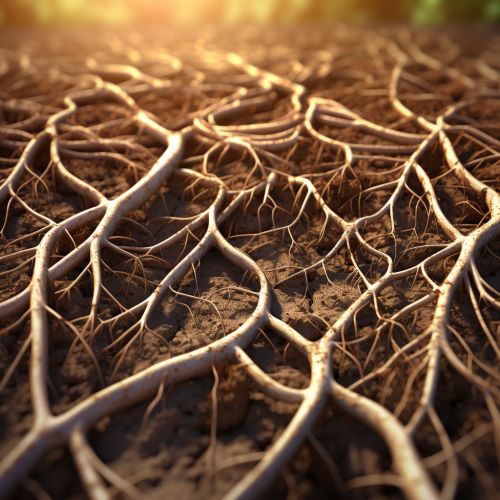
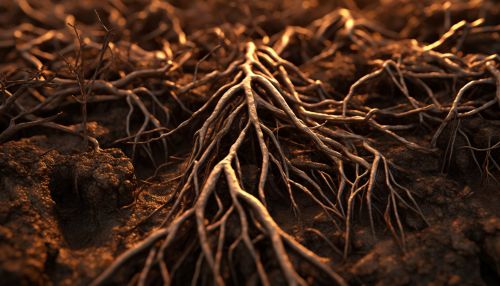
Nutrient Requirements of Plants
Plants require a range of macro and micronutrients for their physiological activities. Macronutrients include nitrogen, phosphorus, and potassium, while micronutrients encompass elements like iron, manganese, and zinc. These nutrients play crucial roles in various plant functions, from energy production to structural development.
Mechanism of Nutrient Uptake
The process of nutrient uptake in plants is complex and involves several steps. It begins with the absorption of nutrients from the soil by the root system. This is facilitated by the large surface area of the root hairs, which increases the plant's capacity to absorb nutrients.
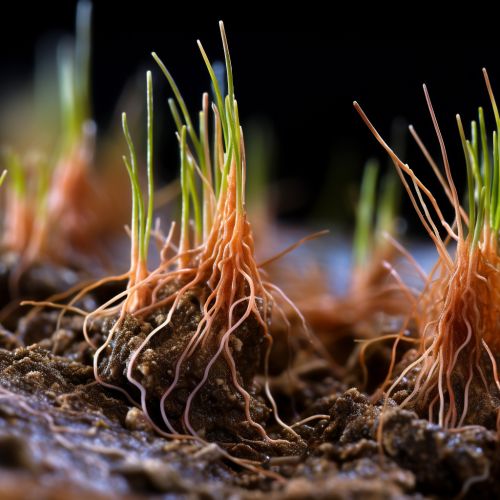
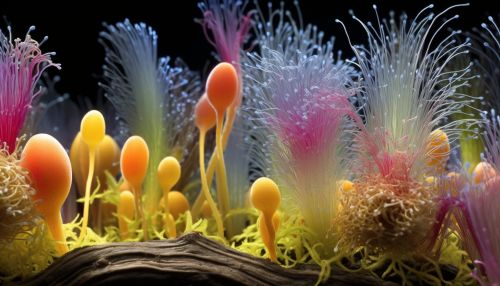
Ion Absorption
Most nutrients are absorbed in the form of ions. The root hairs absorb these ions from the soil solution through a process known as ion absorption. This process can be either passive or active. Passive absorption is driven by the concentration gradient between the soil solution and the root cell, while active absorption involves the use of energy to transport ions against their concentration gradient.
Nutrient Transport
Once the ions are absorbed by the root hairs, they are transported to other parts of the plant. This transport occurs through the xylem and phloem, the plant's vascular tissues. The xylem primarily transports water and nutrients from the roots to the shoots, while the phloem transports sugars and other organic compounds from the leaves to other parts of the plant.
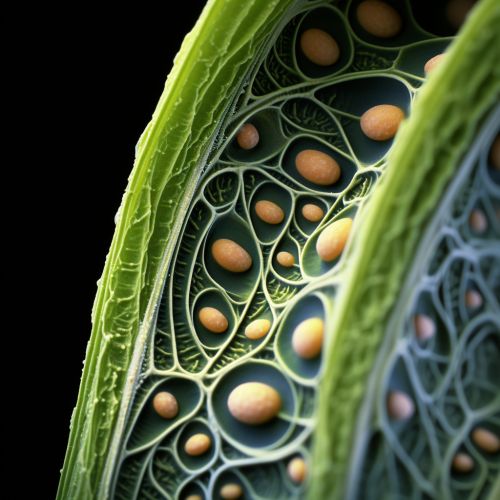
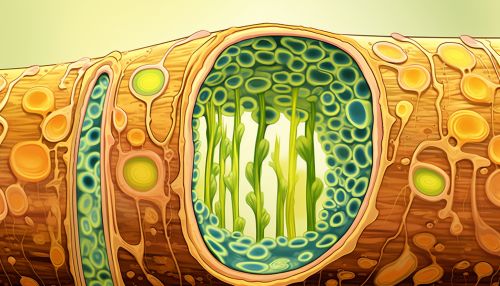
Nutrient Utilization
After transport, the nutrients are utilized by the plant cells for various metabolic activities. For instance, nitrogen is used in the synthesis of amino acids and proteins, while phosphorus is essential for energy transfer in the form of ATP. The utilization of nutrients is a complex process that involves numerous enzymatic reactions.
Factors Affecting Nutrient Uptake
Several factors influence the efficiency of nutrient uptake in plants. These include soil pH, temperature, moisture content, and the presence of other nutrients or compounds in the soil. For example, high soil pH can reduce the availability of certain nutrients, while low temperatures can slow down the rate of nutrient uptake.

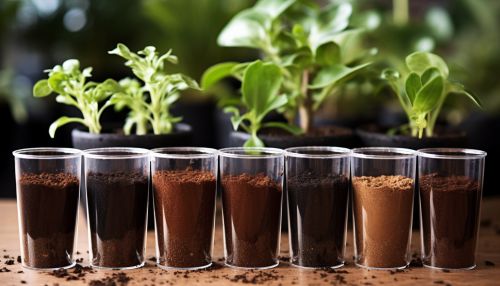
Conclusion
Understanding the biological mechanisms of plant nutrient uptake is crucial for optimizing plant growth and productivity. It provides insights into how plants interact with their environment and how they utilize nutrients for their metabolic activities. Further research in this field can contribute to the development of more efficient and sustainable agricultural practices.
